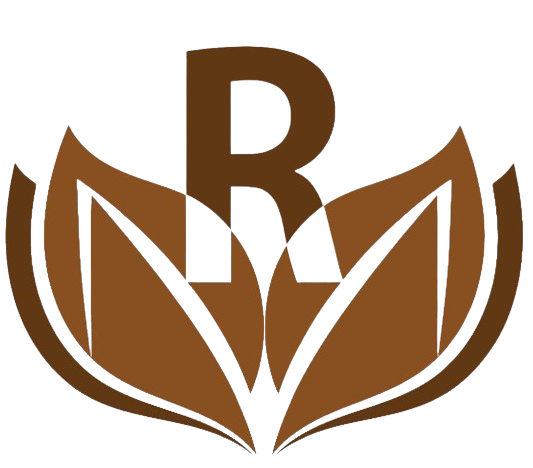Purpose
A content management system called PHP makes it easier to create websites. The user will be given the knowledge and abilities necessary to develop an interactive website using the free PHP Content Management System after taking this PHP course (CSM). Everyone can use PHP for free.
Course Objectives
By completion of the course, participants will be able to:
- Recognize all HTML, CSS, and JavaScript fundamentals; • Recognize all PHP fundamentals and Building Blocks with Project Implementation; • Produce dynamic web pages using PHP techniques; • Recognize the use of Content Management Systems with Admin-Panel.
- Create a blog with commenting functionality planned; • Use PHP to send emails.
Duration 10 Days
Target Audience
All web designers and web developers will get something from taking this PHP course. The course will be particularly useful for those who build and maintain websites. The course is intended for anyone who want to learn how websites are made, such as journalists, people just starting their careers, managers, team leaders, senior executives, post-high school students, and university and college students.
Program Outline
TOPIC 1: Introduction to HTML and CSS
Introduction to HTML, HTML versions, Building a Basic Web Page, Inserting Content, Building a Basic Page Structure, Basic HTML Formatting, Inserting Images, Building Hypertext Links, Introduction to CSS, Basic CSS Formatting, CSS Style Management, and CSS Link Formatting.
TOPIC 2: JavaScript Fundamentals
Interactivity with HTML, Basics of JavaScript, JavaScript Benefits, and the Future of Web Development
TOPIC 3: The PHP Environment
Overview of the requirements; Downloading and setting up XAMP; XAMP server; XAMP files and error-fixing; Variables; Constants; Strings; Numbers; Arrays; Functions of Arrays; IF Statements; Operators; For Loops; For-each Loops; Switch Statements; Branching; User Define Functions; Reusability; Static Variables; Local; Global; Super Global Variables;
TOPIC 4: Working with PHP Variables and Forms
Basic regular expression generation; Advanced regular expression creation
Form validation, introduction to forms, form validation, adding constraints, working with CSS, introduction to email sending, email sending in PHP, and form validation
TOPIC 5: Working with Databases
Database and Codes, Database and Table Creation, Connection Establishment, Code Connection, Forms and Style Application Creation, PHP and Query Creation, Constraints Adding, View from Database, Delete from Database, Update into Database, Search from Database, SQL Injection
Styling
TOPIC 6: Bootstrap
Configuring Bootstrap • Bootstrap Framework • Bootstrap Framework Version • Adding Bootstrap to Website
TOPIC 7: Building Admin Panel
Designing the Admin Panel, Creating the Dashboard, Designing the Tabs, Designing the Icons
Footer
TOPIC 8: PHP MYSQL and the Admin-Panel
- DataBase and Category table development • Category form creation • Category validation • Finishing the Manage Category Page • Form Creation, Validation, and Completion
TOPIC 9: Front end Design
Working with the Public Front-End of a Blog; Designing Public Front-End Navigation; Main Area for Blog Designing; Activating the Search Tab of Blog Page; Full Blog Post; Dashboard Designing and Extracting; Improving Admin Experience; Editing of Post Extraction and Updating; Deleting posts; Handling Comments; Comment Form Designing; PHP for Comments; Usage of Foreign Key and Primary Key in Adding Relations Between Tables
